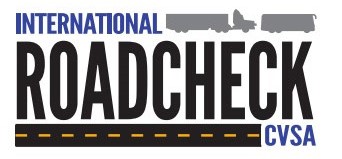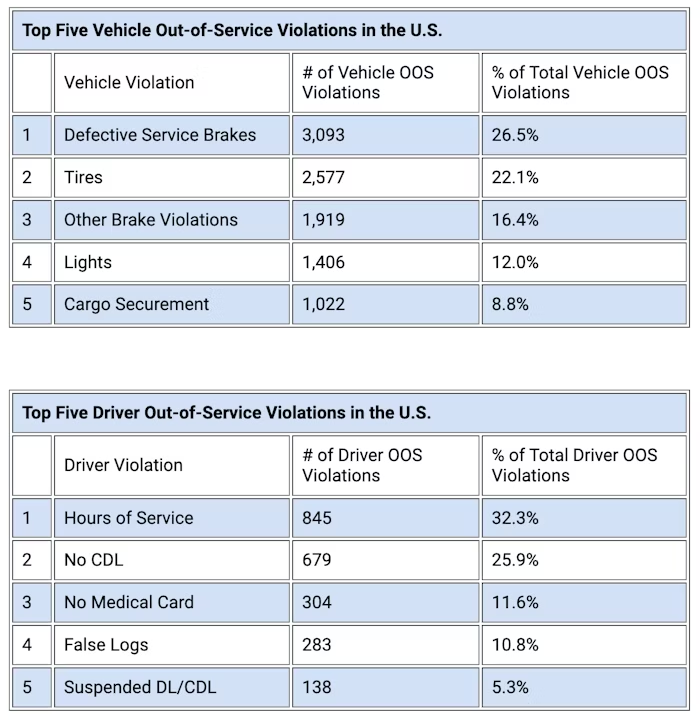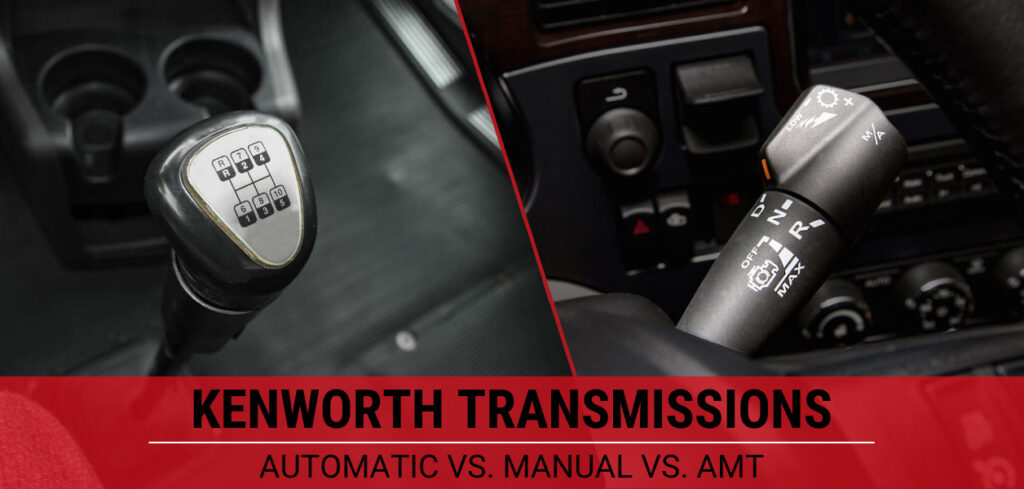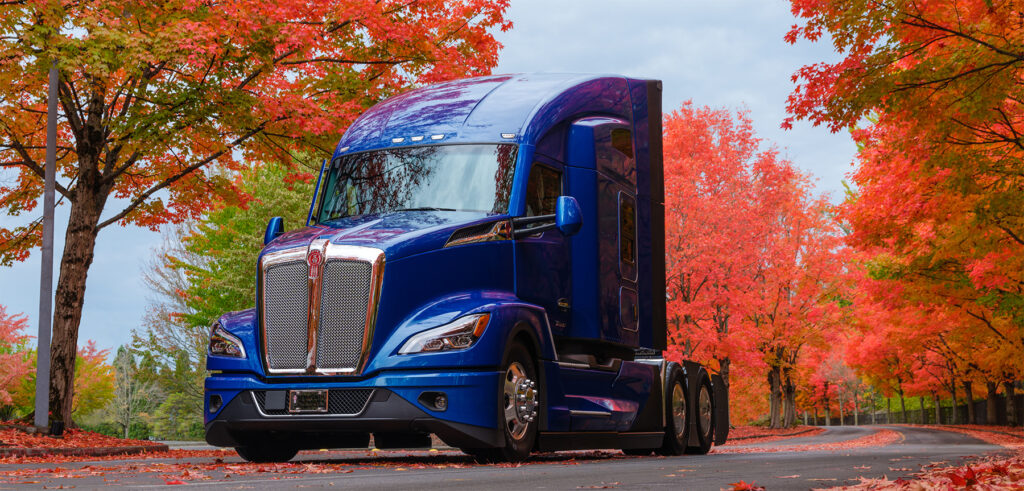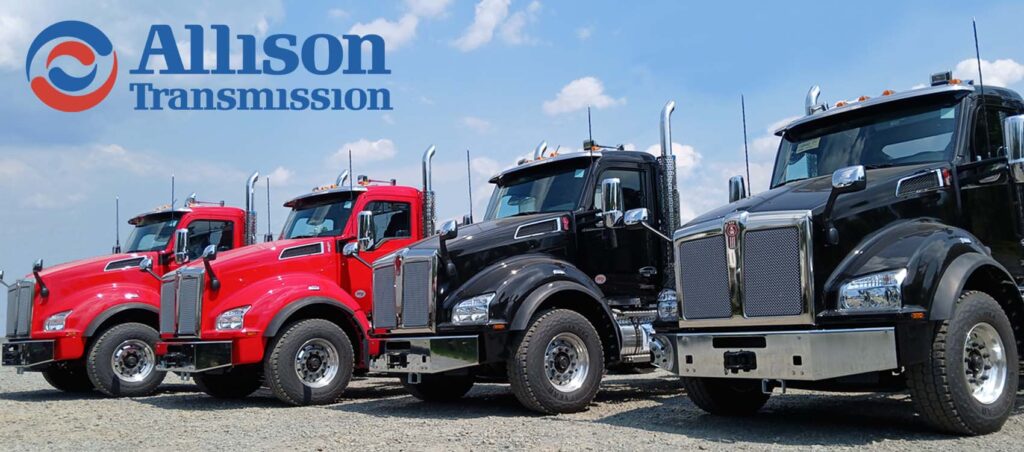Espar Bunk Heaters
What happens when you run your truck without an Espar Bunk Heater? Increased fuel consumption and emissions pollution, engine wear and tear, poor sleep quality, fines and penalties, and quicker battery drain.
What happens when you run your truck with an Espar Bunk Heater: Reduced engine idling and diesel fuel conservation, improved comfort and consistent cabin warmth, extended engine life, lower maintenance costs, and compliance with anti-idling laws.
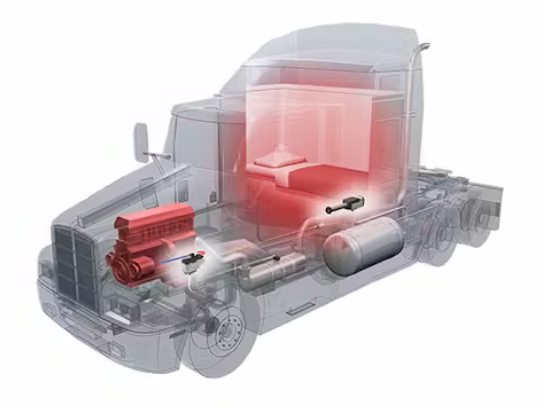
Espar Bunk Heating Systems
Espar Bunk Heaters are an essential component for Kenworth trucks, especially during cold weather. They are diesel-powered systems that heat the cab and sleeper cabin without the need to idle the engine. These heaters are most common in long-haul trucks as they improve driver comfort by maintaining warmth during overnight stops or extended breaks.
Espar Parts states, “Extremely fuel efficient and quiet, these systems pay for themselves in a matter of months with fuel savings, reduced engine wear, driver comfort and increased driver retention.” (Source)
Function
Espar heaters run independently, powered by the truck’s electrical system using minimal fuel. They pull outside air through an intake, then mix it with fuel in a combustion chamber to generate heat. Next, the warm air is circulated into the cabin through the heater’s vents. Additionally, exhaust gasses are transferred outside the cabin through a separate exhaust system. This prevents harmful emissions (like carbon monoxide) from entering the truck’s cabin.
A thermostat lets the driver set the desired cab temperature, while sensors regulate heat, adjusting the output accordingly to conserve fuel or battery power. The heater restarts automatically if the temperature drops. For safety, the heater shuts down if it detects overheating, fuel supply issues, or exhaust blockages, ensuring safe and reliable operations.
Storage
Depending on the type of truck you drive, there are multiple locations to store an Espar heater in your Kenworth truck.
Under the Sleeper Bunk – The most common spot for Espar Bunk Heaters is under the sleeper bunk. This location is ideal for distribution and easy maintenance while keeping the heater out of sight.
Under a Seat or Dashboard – In smaller trucks, heaters can be placed under the seat or dashboard. This setup allows for convenient access and effective heating throughout the cabin and driver’s area.
External Storage – For trucks with limited interior space, the heater can be installed and mounted in an external weatherproof box or storage compartment. This protects the heater from debris and the elements while still providing accessibility for maintenance.
Behind or Under the Truck’s Cab – In larger trucks, the heater can be mounted behind or underneath the cab. This keeps the system out of sight and provides more space for larger setups.
Benefits
Since the truck’s engine doesn’t need to run in order to heat the cab, this saves on fuel consumption and reduces emissions. Espar heaters use less than 0.06 gallons of fuel per hour to run. (Source) Extended idling can lead to engine wear and maintenance issues. Also, many states and regions have anti-idling regulations that prohibit or limit idling. Running an Espar heater to keep warm can help you avoid potential fines while reducing your environmental footprint.
Modern Espar heaters use minimal power, which saves on battery life. They use a small amount of electrical power from the truck’s battery to run the fan, fuel pump, and control system. “Espar heaters require a 12v power source capable of providing up to 18amps (start up draw).” (Source)
Another benefit is that these heaters require minimal maintenance. Regular checks and occasional cleaning of the air intakes and exhausts can extend their life. Our Service experts can perform installs and answer any questions you may have about the installation and maintenance of an Espar Heater.
Espar Heater Options
Espar offers a range of models with various output capacities to match different climates and usage needs.
For shorter durations and more mild conditions, choose a Lower Output model. Lower Output models are ideal for moderately cold climates that dip but are not extreme. They are better for shorter periods in cooler areas and are best for moderate cabin heating. They consume less fuel and power, making them efficient for regular use.
For long resting hours and harsher conditions, choose a Higher Output model. Higher Output models are designed for extremely cold climates. They are best for extended periods of freezing conditions and offer a stronger heat output. While they use more fuel, they maintain comfort in harsh environments without straining the system.
Contact us today to find which model fits your truck best!
Equipping your Kenworth truck with an Espar Bunk Heater is a wise investment for long-haul drivers, helping provide comfort, regulatory compliance, and significant fuel savings.
Sign Up for Exclusive Blog Content
"*" indicates required fields

